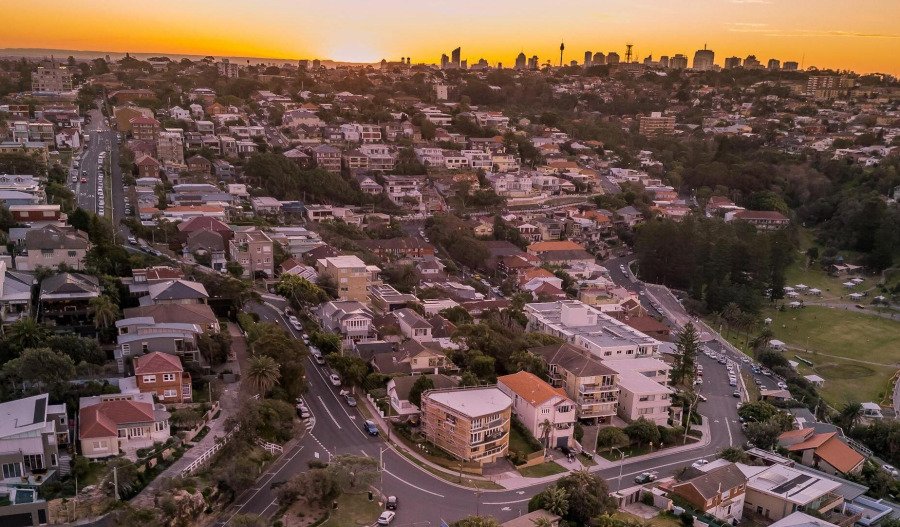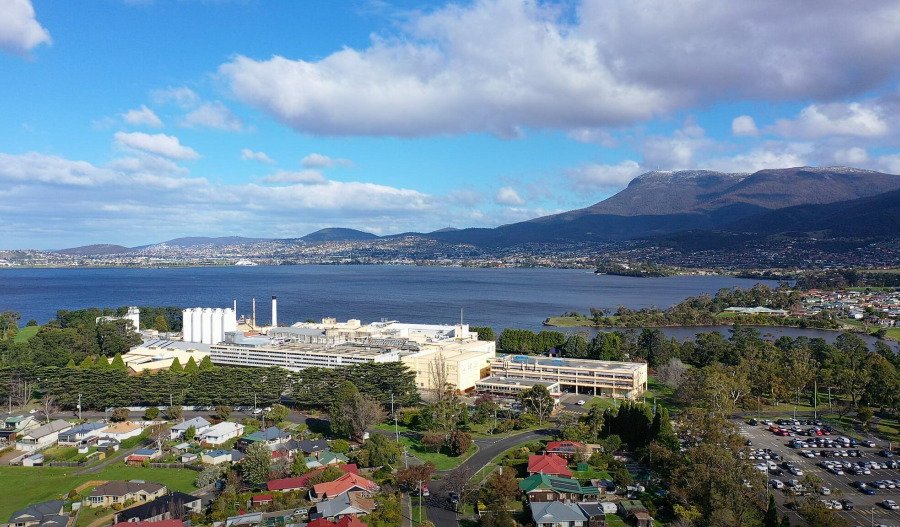Australian dwelling values have once again risen, increasing the national index by 1.7% over the first five months of the year.
In May, values rose by 0.5% nationally and every capital city posted a rise of at least 0.4% for the month.
“The continued momentum we’re seeing across almost all markets is no doubt being fuelled by rate cuts – both those that have already happened, but also potential cuts in the coming months,” Cotality research director, Tim Lawless said.
Darwin had the highest increase of 1.6% with the next highest increase, Perth trailing by almost 1% at 0.7%.
The rise comes after the short and shallow decline of 0.4% over the three months ending in January of this year, with the February rate cut leading to housing prices' positive turn.
“With interest rates falling again in May, we are likely to see a further positive influence flowing through to housing values in June and through the rest of the year,” Lawless said.
With the continued rise, property analysts predict capital city combined dwelling prices could rise between 6% and 10% by late this year or early next year. However Cotality head of research, Eliza Owen said she thinks it will be at the lower end of that range.
"Yes you will get a boost to borrowing capacity from lower interest rates, but that still puts an affordable purchase price for many households much lower than where property prices actually are especially when you consider the median house value in the combined capitals is now over $1,000,000,” she said.
"And I think other factors like rising unemployment, softer wages growth could put a bit of a lid on that growth rate as well."
Despite the upward trend and momentum, the pace of the annual national home value index slowed to 3.3%. This is the slowest twelve-month change since August 2023.
“This slower annual pace of growth reflects the easing in capital gains through the second half of last year, culminating in the modest fall in values over the three months to January 2025,” Lawless said.
The only states to experience an annual decline in dwelling values are Melbourne and Canberra, declining by 1.2% and 0.7% respectively. For the year, Perth and Adelaide had the highest growth with dwelling values increasing by 8.6%.



